



I find it very hard to believe that in February 2022 the Boeing 757, an aircraft I saw into airline service with UK launch customer British Airways, will be 40 years old. First flying on 19th February 1982 the new airliner was initially ordered by Eastern Airlines and British Airways. Eastern were the first by a month to put the new Boeing into operation when they operated their first service on 1st January 1983. BA followed suit on 9th February, first using the aircraft on the London-Belfast shuttle service. So pleased were BA with their new aeroplane they eventually operated 61 examples of the type.
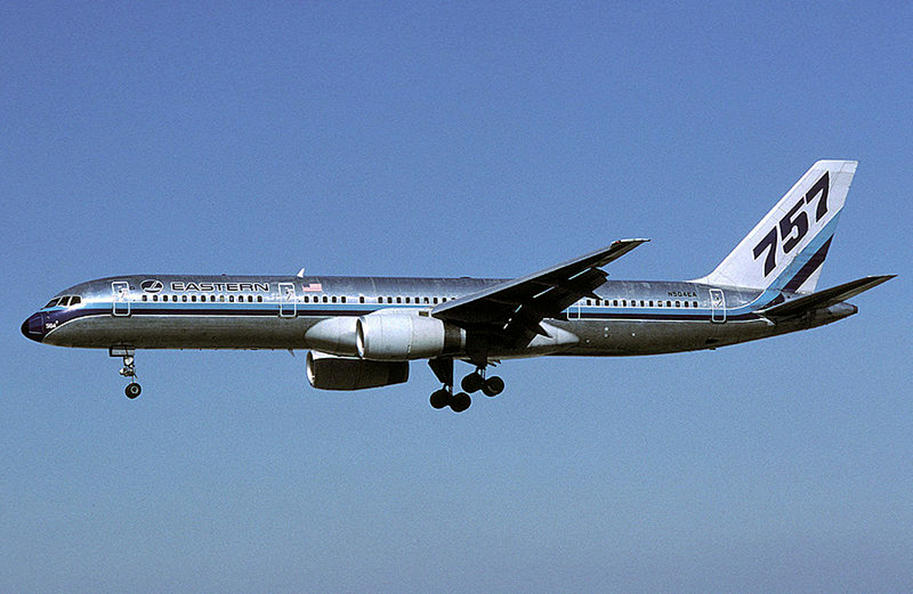
Built as a successor to the Boeing 727 I believe I am right in saying the 757 was the first narrow bodied aircraft to be powered by large fan engines. When both Eastern and British Airways specified the Rolls Royce RB211 to power their new jets it made the 757 the first US built aircraft to be fitted with non US built engines at its launch. These economic engines plus other aerodynamic improvements meant that in BA’s case the new Boeing 757 could carry 50% more passengers on a shuttle route using 50% less fuel that the Trident 3 it was replacing. Production ran until 2004 at the Renton Seattle plant by which time 1,050 examples of the twin jet had been built and sold all around the world, about half of these were still in service at the start of the Covid pandemic. There were to be two passenger variants the 757-200 which could carry 200 passengers and in 1996 the 23 feet longer 757-300 which could uplift around 250 passengers over a shorter range as both variants had the same fuel capacity. Later developments with ETOPS procedures enabled the 757 to fly non-stop transatlantic routes. Such a route was United Airlines Newark to Berlin service. To enable the aircraft to be able to fly over 4000 miles the seating was restricted to 169. Even in today’s difficult times for the airline industry United have announced new routes from Newark to Bergen in Norway and Tenerife in the Canaries, both to be operated by 757s.
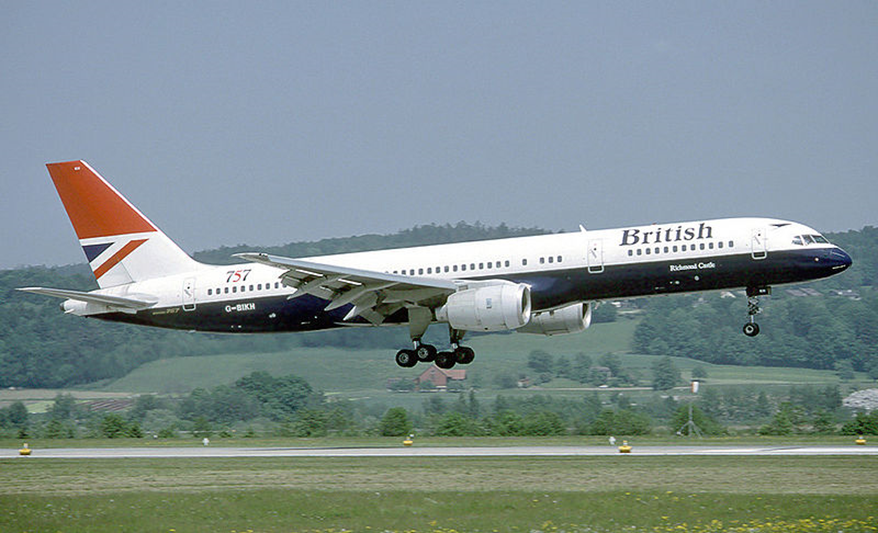
In time Boeing would also offer a pure freight version and a combi version, plus a healthy business sprung up converting retired passenger aircraft into freighters for the overnight parcel business. DHL, FedEx and UPS would all operate these versions of the aircraft. The 757 was designed from the outset for two crew operation and was developed alongside the wide body Boeing 767. Both aircraft featured the same cockpit controls and layout such that with a short conversion course flight crews could be certified to operate both types.
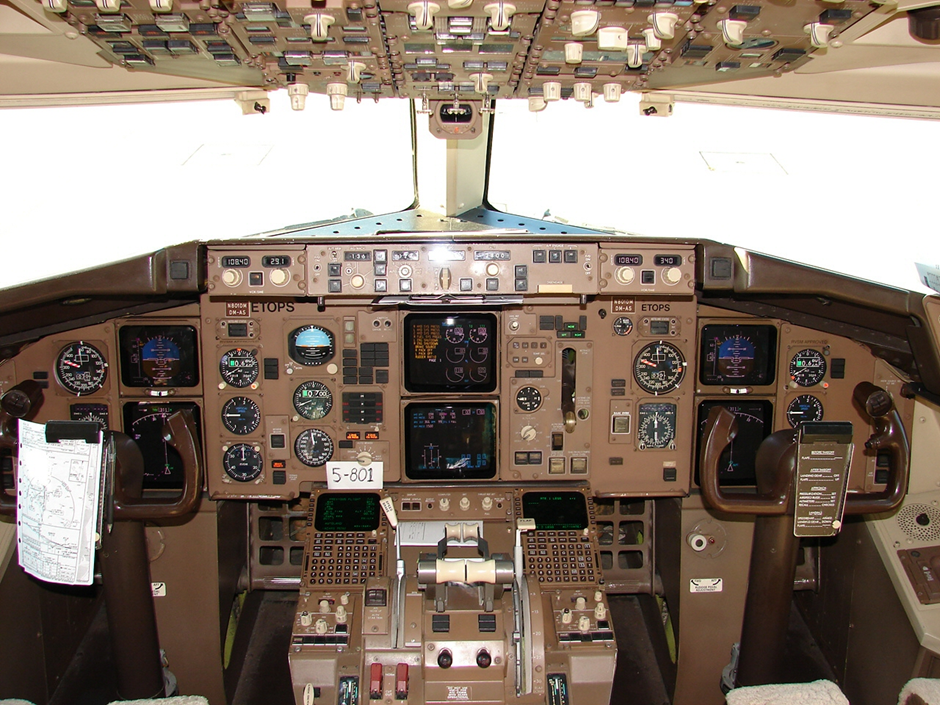
The 767 wide body took to the skies a few months before the 757 in September 1981. This was a very successful aeroplane and to this day Boeing are in the middle of a production programme for the USAF tanker force, using the 767-200 as the basis for the KC-96 Pegasus aerial tanker. Earlier they had sold a few tanker conversions to other countries such as Japan and Italy as the KC-767.
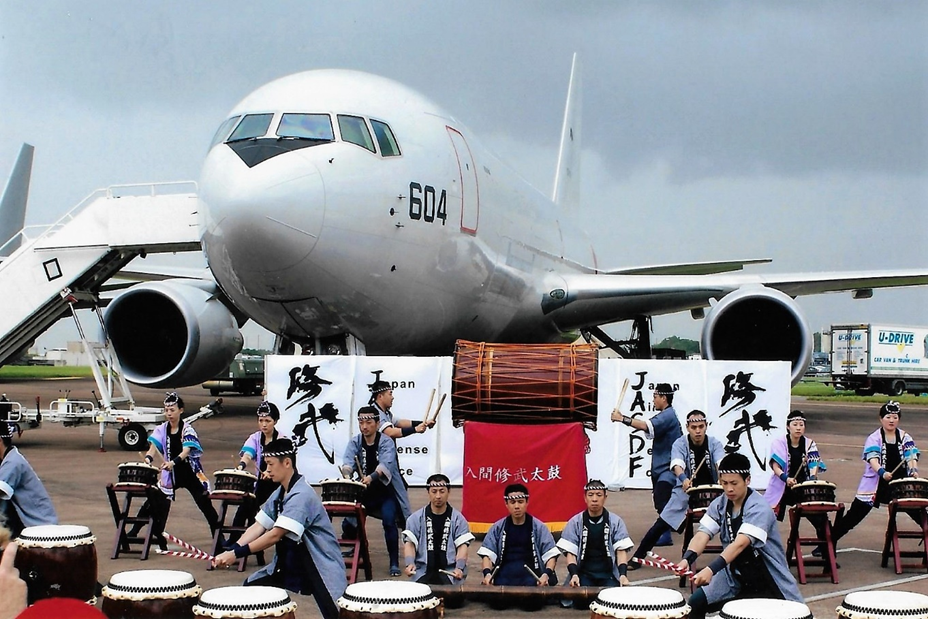
It wasn’t just the big brother 767 that saw use by the military the 757 is used by both the USAF and the RNZAF for transport services. The USAF examples are mainly based at Andrews Air Force Base, Washington DC along with Air Force One for use by the US Government. In the US many of the major mainline carriers elected to buy the 757 to replace their aging Boeing 707/727 fleets, examples being American, Delta, Eastern, United, TWA, Continental and Northwest. However over in Europe it was a different story with only British Airways, Iberia and Icelandair using the Boeing for schedules services. Where the Boeing 757 did score here was with the European holiday and charter companies, the new jet was ideal for the runs to the Sun and many a holiday airport would see a number of 757s from around Europe parked on their aprons during the summer months.
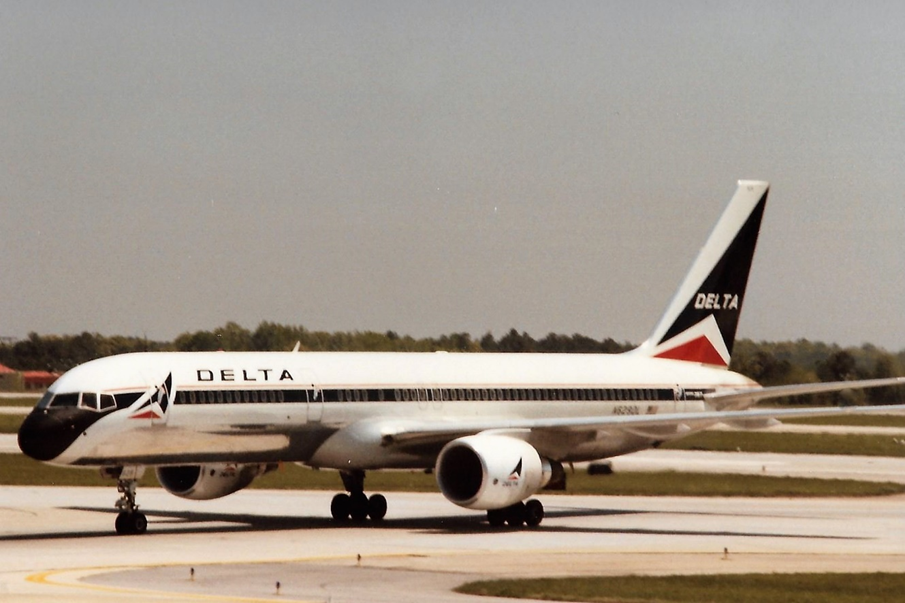
Here in the UK holiday airlines welcomed the 757 with open arms, it enabled them to carry more people to the Sun for less money than it cost to operate their old 727 fleets. Over 30 UK companies would at one time or another have a 757 on their books. Britannia, Monarch, Thompson, Airtours, Thomas Cook, Air Europe, Air2000, Flying Colours, Caledonian, First Choice, MyTravel the list goes on and on. Today with TUI retiring its UK fleet in October the only operators of the elegant Boeing in the UK are Jet2, Titan and DHL with their freighters. Indeed, DHL are in the process of replacing them with wide bodied freighters at their East midland airport hub with the 757s going to the DHL arm in Austria.
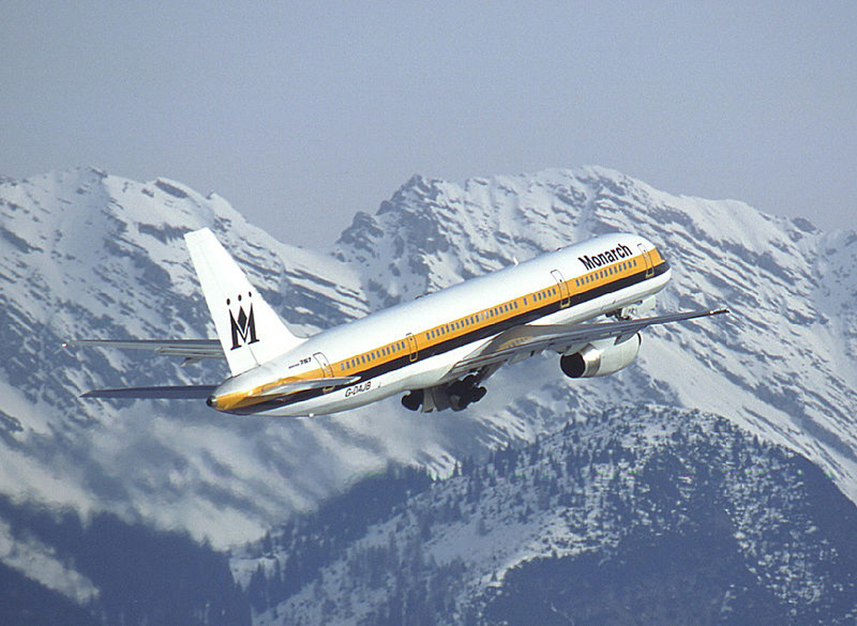
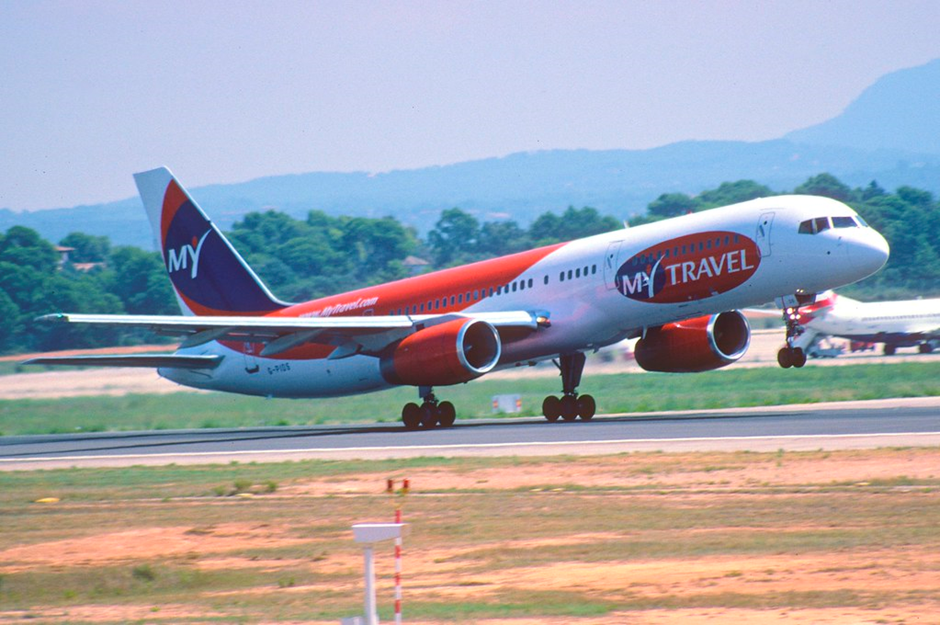
It wasn’t just the UK holiday airlines that saw the 757 as a godsend, many European airlines also operated it on charter services such as LTU, Air Holland, Condor and La Compagnie who had one of the nicest paint schemes to ever adorn a 757. British Airways’ French based all business class airline Open Skies also operated the 757 from France to destinations in the USA.
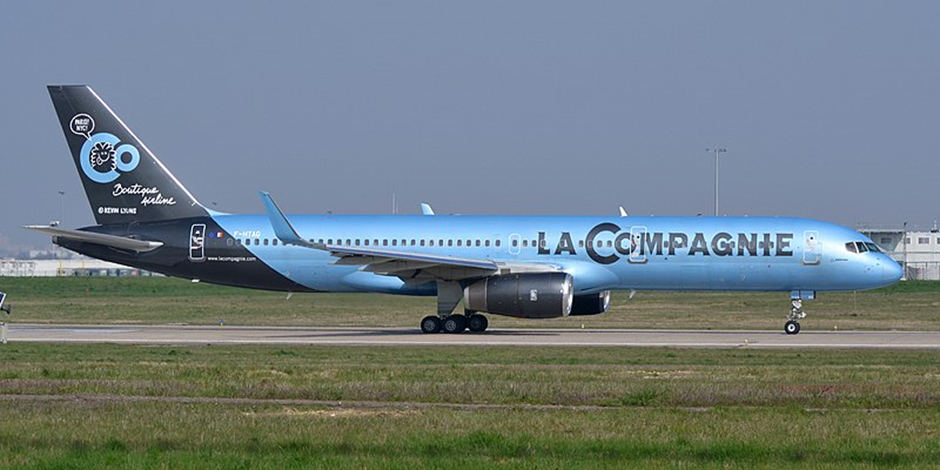
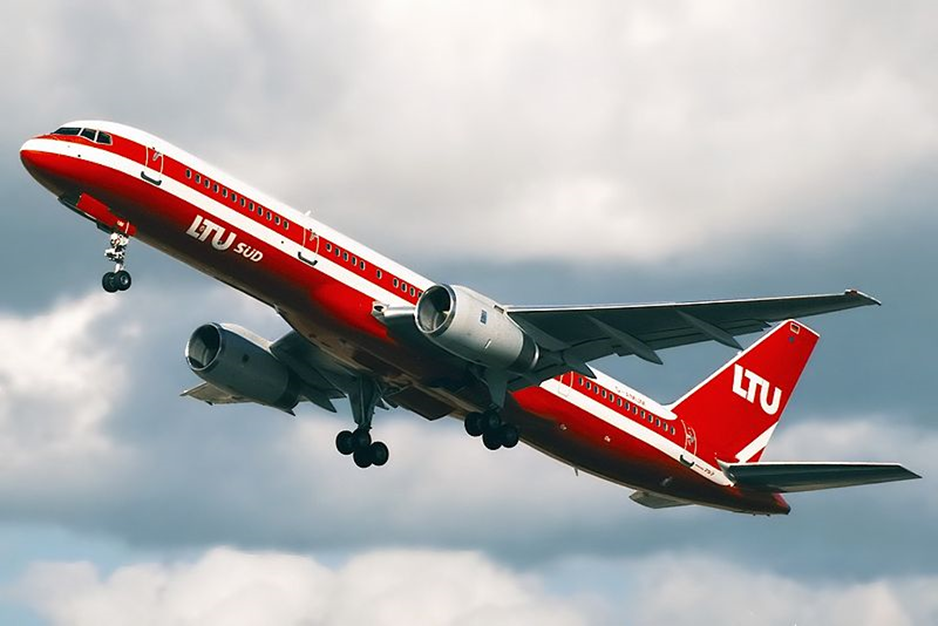
After an initial flurry of orders things went quiet on the 757 sales front but by the late eighties business picked up with 322 orders placed between 1988 and 1989. Helped by the introduction of new noise requirements in the US, this saw more airlines looking to replace their 707/727 and DC-8/DC-9 fleets. The new Boeing had a range one and a half times longer than the 727 it was replacing. This plus the fuel economy over the earlier jets really was a quantum leap in economics for the airlines. Delta and American Airlines would eventually each operate a fleet of over 100 aeroplanes. Sales in Asia were mainly concentrated on China where several airlines bought the type.
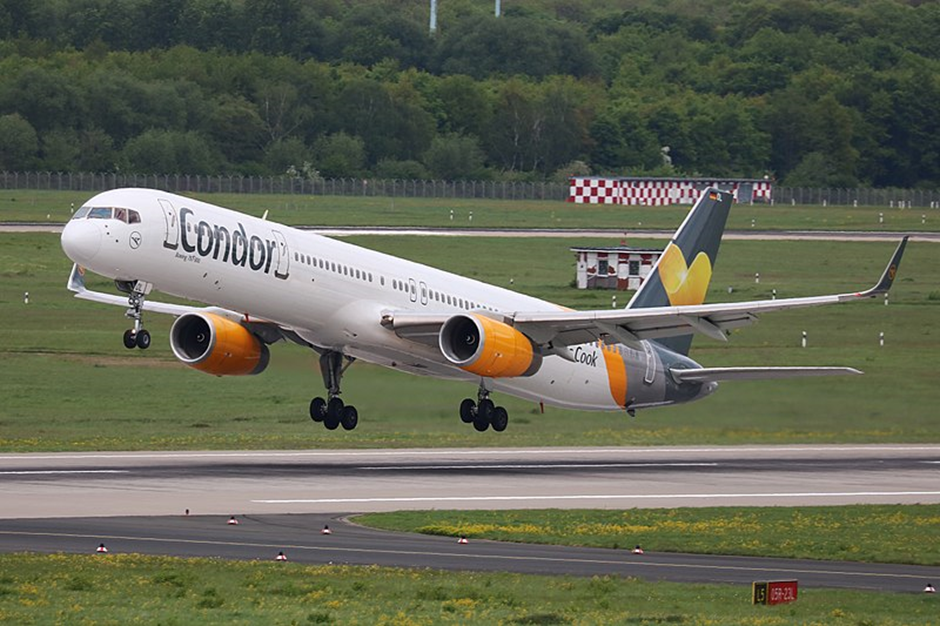
Many European charter airlines had been contacting Boeing asking for a stretched version of the 757-200 and in March 1999 the longer 757-300 entered service with German airline Condor. This version allowed around 50 extra passengers and 50% more freight to be carried. This new aircraft did not share the success of its smaller brother and only 55 examples would be built. By November 1999 with reduced orders Boeing began to slow down the production rate of the 757. With a steady downturn in new orders the final nail in the 757 coffin came in 2003 when Continental Airlines cancelled its remaining 757-300 orders in preference to the Boeing 737-800. Boeing announced the end of 757 production and after 1,050 airframes having left the Renton factory the last one was delivered to Shanghai Airlines in November 2005.
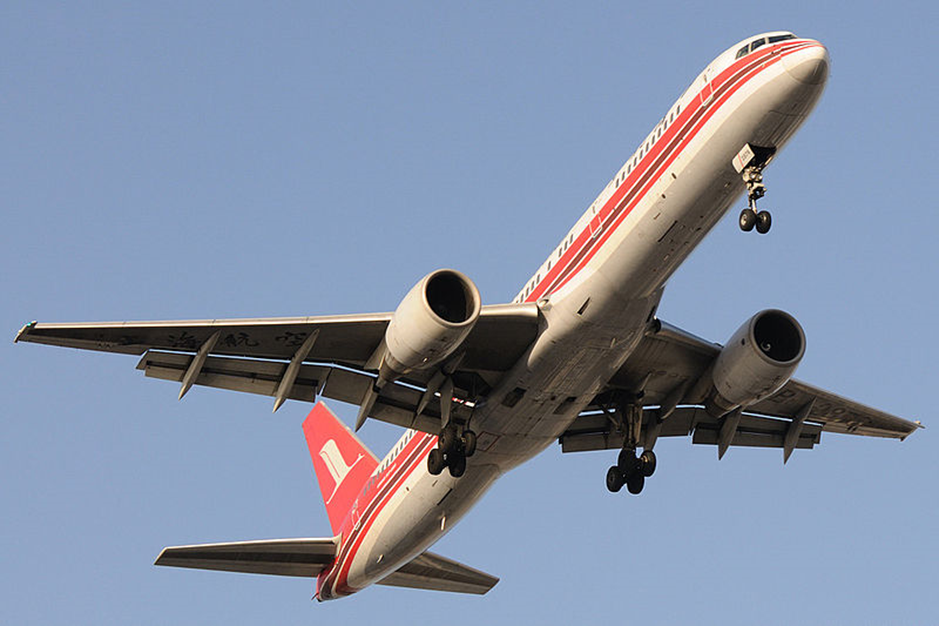
With a constant desire to increase fuel economy many Boeing 757s have been fitted with winglets to reduce drag. These have been certified since 2005 and increase range by about 200 miles. Continental was the first airline to order the new devices. Despite this many airlines are now retiring their 757 fleets in favour of the Boeing 737MAX or Airbus A321 both of which offer more fuel savings. Along with the recent retirement by TUI, Aer Lingus and American Airlines have also grounded their fleets due in some part to the Covid downturn in travel. It would appear that a second breath of life will be extended to many 757s by conversion to freighters. At the beginning of 2021 there were around 300 757 freighters plying the world’s airways. Here in Europe the only airline still using the Boeing 757 on scheduled passenger services is Icelandair. With no direct replacement available and freight companies taking any good second hand airframes it seems the 757 will be around for some time to come, maybe to its 50th birthday in 2032.
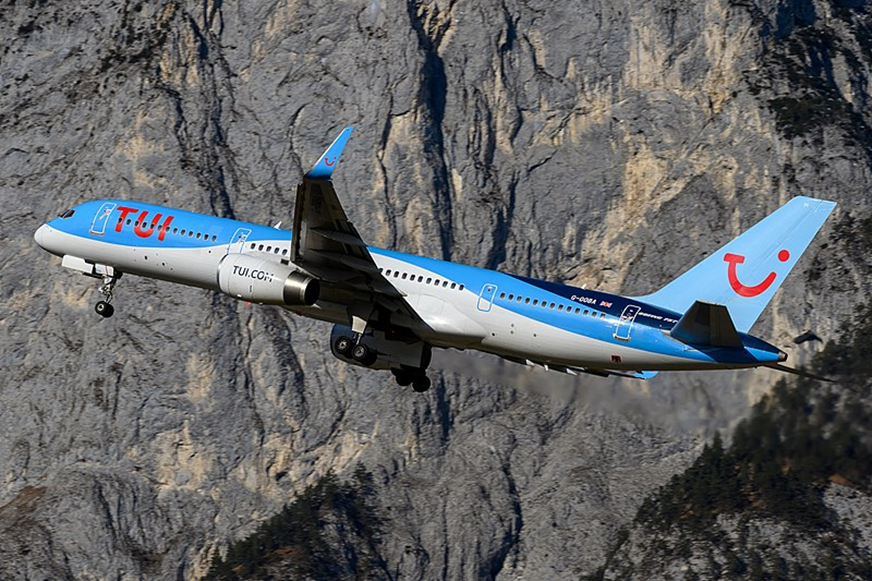
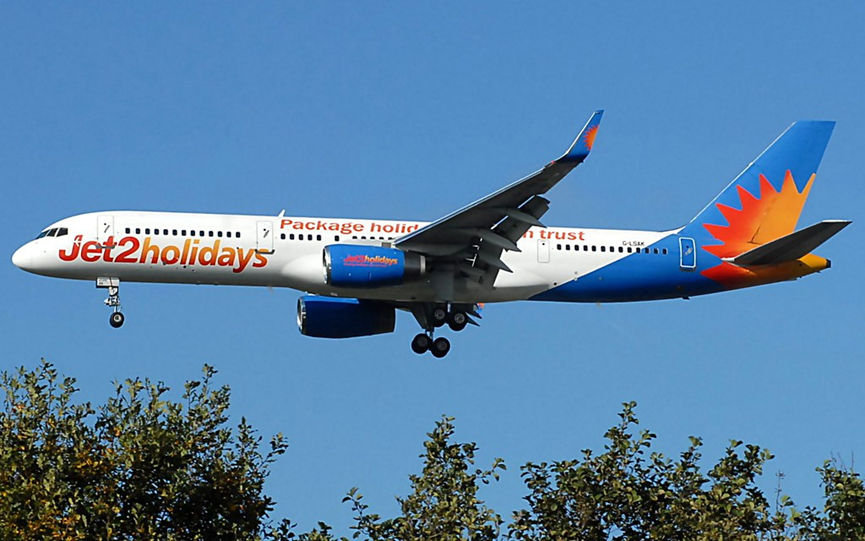
‘till the next time Keith
Registered Charity No. 285809